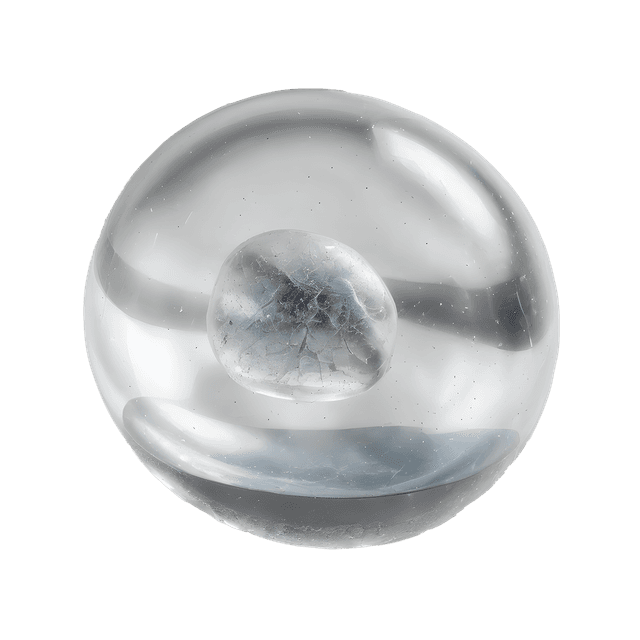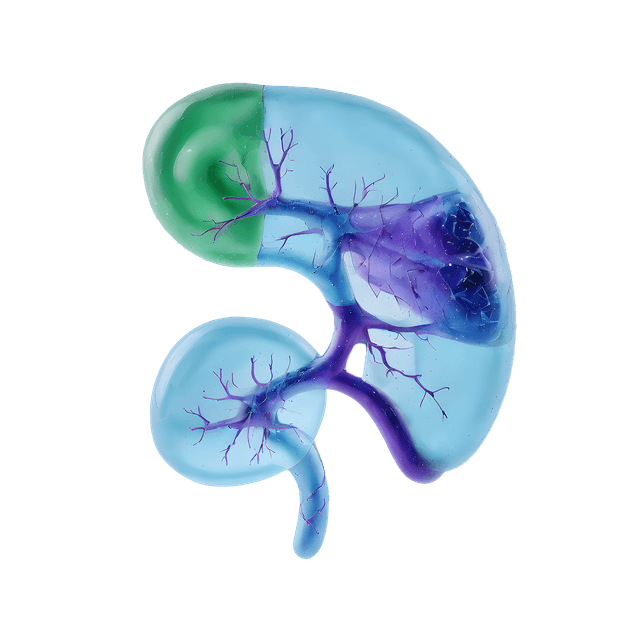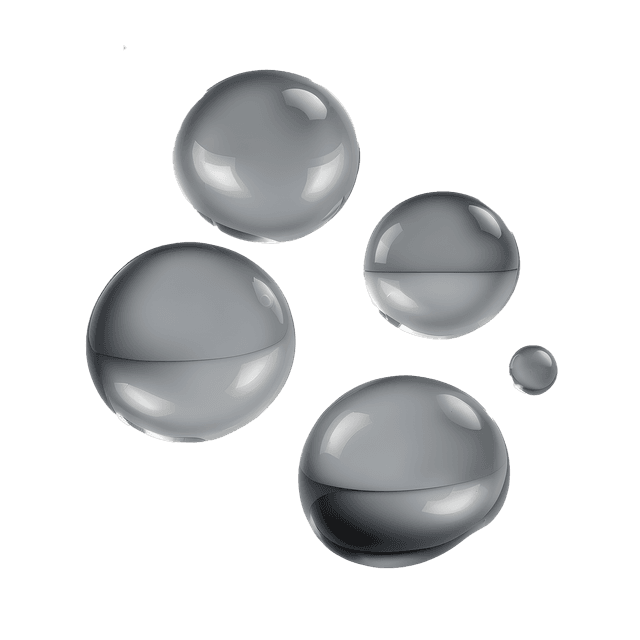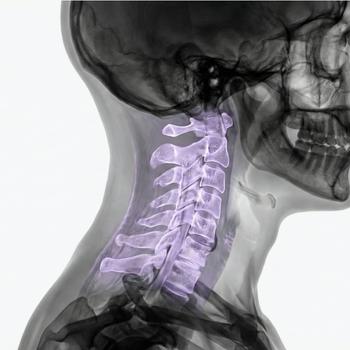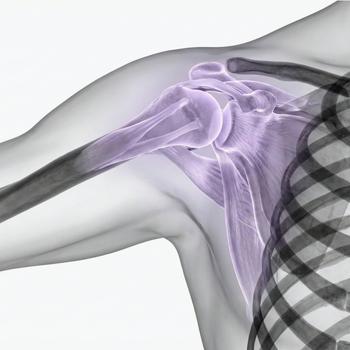Quick version
What is shoulder impingement?
Impingement means "entrapment" and refers to the fact that soft tissues, such as tendons and bursae, in the shoulder joint become pinched between the humerus and part of the shoulder blade when you lift your arm.
When this happens, it is usually one or more of the muscles in the rotator cuff that become pinched. The result is inflammation that causes pain and sometimes swelling or weakness in the shoulder.
Why do you get shoulder impingement?
There may be several reasons that contribute to shoulder impingement:
- Overuse of the shoulder – during repetitive movements, such as painting, exercising or working overhead
- Poor posture – rounded shoulders reduce the space in the joint
- Weak or unbalanced muscles – especially in the rotator cuff or around the shoulder blade
- Age changes – the tendons become more sensitive over time
- Anatomically narrow space – some people are born with a narrower joint space (crooked acromion)
Common symptoms of shoulder impingement
Symptoms often develop gradually and worsen even with load, it is common to experience the following:
- Pain when lifting the arm above shoulder height
- Pain with certain movements, such as putting on a jacket or reaching upward
- Pain on the outside or front of the shoulder
- Night pain – especially if you lie on the affected side
- Feeling of weakness or stiffness in the shoulder
Tests you can do at home to clue you in if you have shoulder impingement
Here are three things you can try at home to see if your symptoms resemble impingement:
1. Painful Arc testTry to lift your arm slowly, straight out to the side and up over your head. If you feel pain between a 60 and 120 degree angle, it indicates impingement.
2. Hawkins-Kennedy testAnother test is to lift your arm straight forward at 90 degrees, with your elbow bent. At the same time, hold with your other hand and rotate your forearm downward (internal rotation). Pain in the shoulder indicates impingement.
3. Neer’s testA third way to investigate whether the pain may be related to impingement is to lift your arm straight up towards your ear with your palm facing down. If you experience pain during that movement, it is a typical sign.
What can I do myself if I get impingement?
Rest from pain-provoking movementsAvoid lifting and movements that aggravate the problem. However, you should not be completely still - light movement is better than total rest.
Train with the right exercisesPhysiotherapy with stabilizing exercises for the shoulder and shoulder blade is very effective. The focus is often on:
- The rotator cuff
- Shoulder blade control
- Posture
A forward-leaning posture makes impingement worse. Try stretching, pulling your shoulders back and avoiding sitting with your shoulders slumped.
What should I do when self-care is not enough?
If, despite rest, improved posture and exercise, you still have pain after 6–8 weeks, it is time to seek help. A physiotherapist or doctor can make a clinical assessment – and if necessary, proceed with imaging diagnostics.
MRI – a tool to investigate why you have pain
If your symptoms are long-lasting or more complex, your doctor may refer you for a MRI examination (magnetic resonance imaging) of the shoulder. An MRI scan can show:
- Inflammation of the bursa or tendon
- Wear or rupture of the rotator cuff
- Narrow space in the shoulder joint
- Other injuries to the soft tissues of the shoulder
In some cases, nerve compression can also be detected – especially if you also have symptoms such as numbness, weakness or radiating pain. In this case, a MRI of the cervical spine may also be appropriate.
















